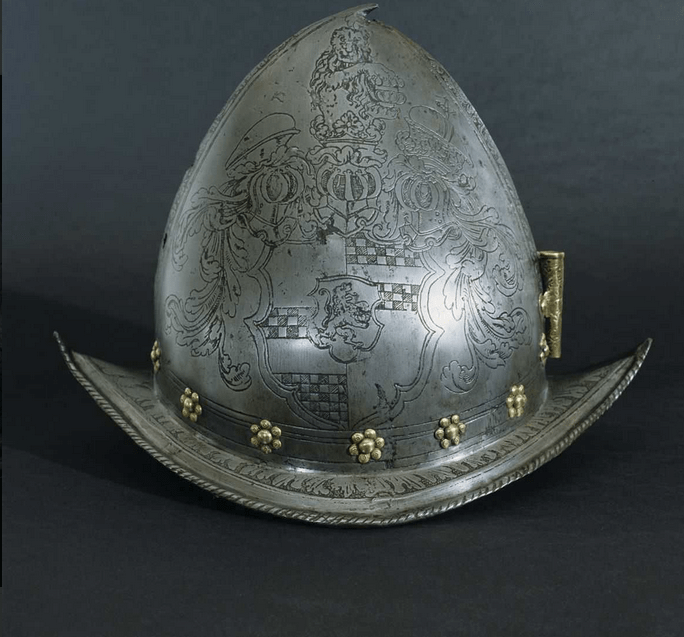City Walls, Gates and Public Order in Early Modern Europe
Early modern city walls and gates had special meanings. They represented the power of civic authorities and the ideal order and security they offered to citizens. They were presided by guards day and night and often displayed the symbols of families in charge.
City gates were closed every day at sunset and reopened at dawn. The ringing of bells or other acoustic signals usually marked these actions: in Trento, the civic tower – also known as Torre della Guardia or delle Ore – rang the start of night curfews and functioned as an alarm in case of fire or enemy attack. Frequently-used doors required maintenance. Keys like those of the Exeter East Gate wore out quickly and needed to be changed many times.
Gates and city walls were multifaceted environments and had many functions. In Trento, the city walls had four openings. Travellers and merchants coming from the North would stop at the Gate of S. Martino to pay the bolletta and the taxes, as we can read in a stone law written in German and in Italian, previously attached at the site. The South gate of S. Croce overlooked the most important marketplace of the city, Piazza Fiera. Four times every year, merchants came from far and wide to gather there, bringing a variety of goods. Valencia’s Porta Serranos was built in the Fourteenth Century, with the renewal of the city walls and the enlargement of the ditches. Those renovations guaranteed protection from enemies and against flooding from the river Turia. The Porta Serranos soon gained symbolic importance, functioning as a triumphal arch for monarchs and regal guests entering the city.
City guards played a pivotal role in keeping public order. They controlled the passers-by and seized weapons from those who had no licence. These controls were necessary, for example in Trento, since it was common for people to carry swords, halberds, helmets, or firearms, allegedly for self-defence. They usually wore integral or partial armour too. Armed citizens could defend the city during enemy attacks, but at the same time weapons kept the level of everyday violence high, as they were used to settle any kind of petty disputes, often with mortal consequences.
Guards surveilled also on brawls, night revelries, and gambling. These practices remained very common in European cities, often involving the guards themselves, and left many traces on the urban fabric, like the game board carved in the slate used for playing in public in Deventer.
Umberto Cecchinato and Alessandro Paris (Italian-German Historical Institute, Trento)
Back to News

